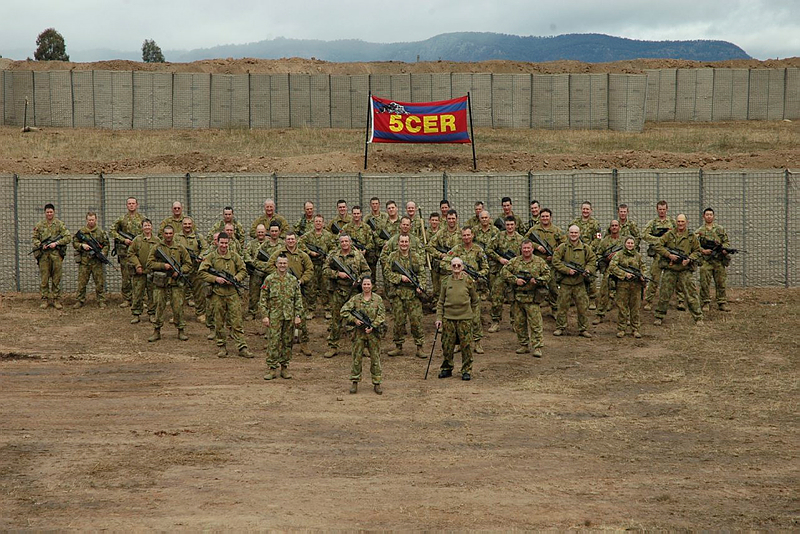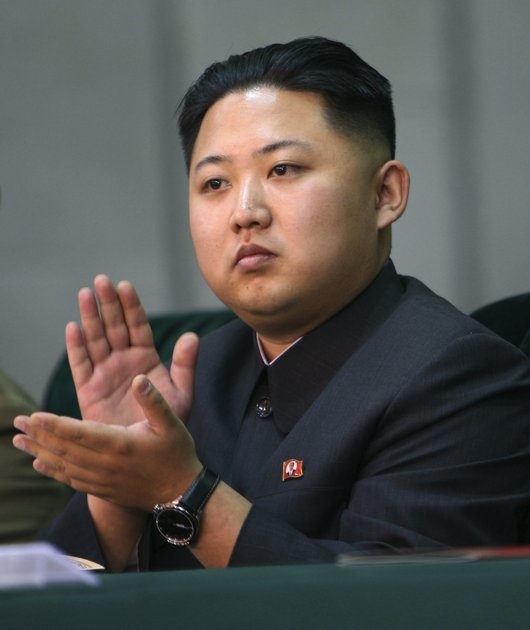Happy 2013 to all our Strategist readers! Welcome back for another round of new articles and links in the security, strategy and defence world.
Mali
Mali is heating up with the deployment of French troops at the request of Mali’s interim government to help beat back Islamist rebels. If you need a quick primer, check out the timeline and factsheet put together by the American Security Project’s Ashley S. Boyle.
Non-proliferation
Michael Krepon at Arms Control Wonk blog shares his (bleak) prognosis for the year in nuclear arms reduction for Iran, Russia, India and North Korea. Earlier in the week, Tanya Ogilvie-White gave her take on dealing with North Korea’s nuclear intransigence.
Afghanistan
The tempo of drone strike operations in Afghanistan is illustrated by this Defense News item. Two a day in December was a decline on the previous rate. Meanwhile, Kate Clark at Afghanistan Analysts Network looks at different US troop configurations other than the ‘zero option’ for 2014.
Indo–Pacific
Meanwhile, Carnegie Endowment’s Ashley J. Tellis has a new paper that’s optimistic about the opportunities in the India–US strategic relations. It echoes observations by Amit Gupta on The Strategist last year who also saw room for growth in the relationship.
Whether it’s a ‘pivot’ or a ‘rebalance’, the increased American focus on the Asia-Pacific region seems to be good for business. It might be an appropriate time to have another look at US President Eisenhower’s farewell address on the military-industrial complex.
Interested in aircraft carriers of the Indo-Pacific’s Maritime Great Game? German blogger Felix Seidler has a round-up and analysis of the region’s big players over at CIMSEC blog.
Defence projects
The one-time head of DMO, Stephen Gumley, used to say that it wasn’t budget issues with defence projects that kept him awake—it was the schedules. The release just before Christmas of the Australian National Audit Office 2011–12 Major Projects Report bears out that observation:
Maintaining Major Projects on schedule, the second major dimension of project performance, remains the most significant challenge for the DMO and its industry contractors; in turn affecting when the capability is made available for operational release and deployment by the ADF.
But we shouldn’t feel too special—it seems that this is just another of the rich heritage of traditions we have inherited from the United Kingdom, whose own National Audit Office has just made essentially the same finding.








